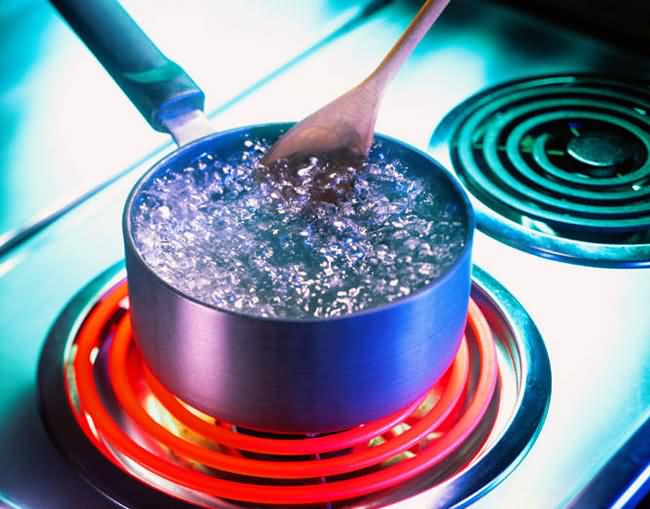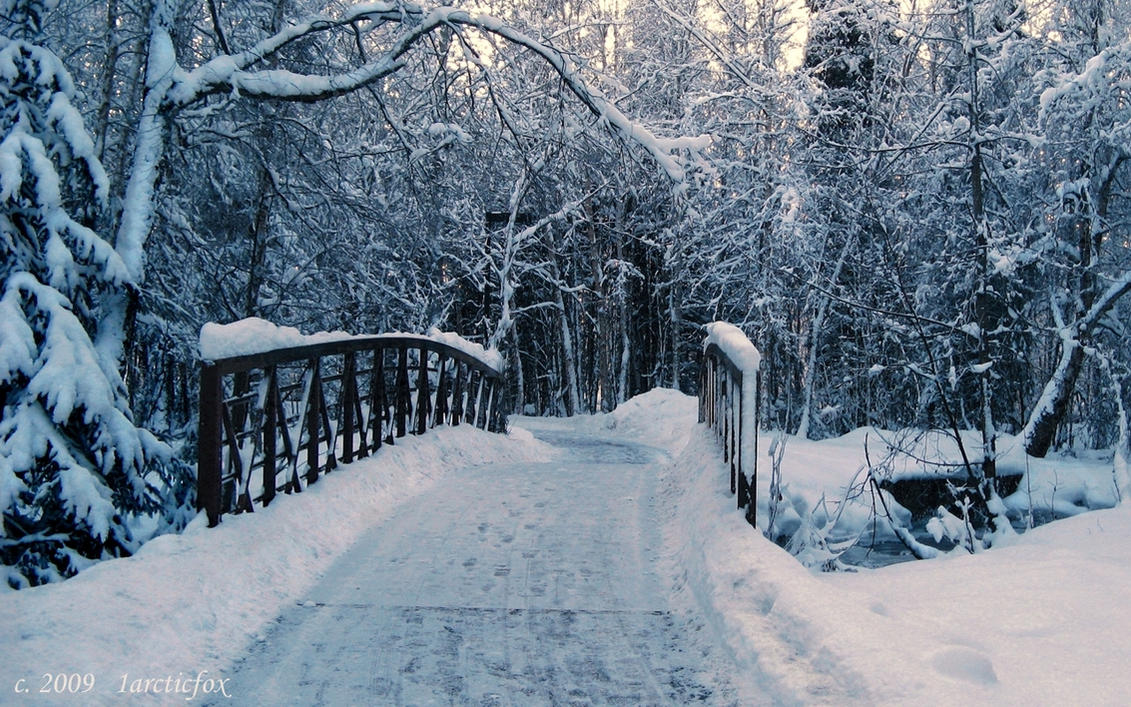Swiss cuisine
combines influences from the German, French and North Italian cuisine. However,
it varies greatly from region to region with the language divisions
constituting a rough boundary outline. Some typical dishes and foods are:
Cheese fondue
Melted cheese
with bread cubes. The bread cubes are picked up on the fork and swivelled in
the melted cheese, which is served in a traditional ceramic fondue pot called
‘caquelon’.
Raclette
Melted cheese
served with "Gschwellti" (jacket potatoes), cocktail gherkins and
onions as well as pickled fruit.
Älplermagronen
A kind of
gratin with potatoes, macaroni, cheese, cream and onions. And most importantly,
stewed apple on the side.
Rösti
A flat, hot
cake made of grated, cooked jacket or raw potatoes and fried in hot butter or
fat. The dish is bound by nothing apart from the starch contained in the
potatoes.
Birchermüesli
Developed
around about 1900 by the Swiss doctor Maximilian Oskar Bircher-Brenner, it
contains oat flakes, lemon juice, condensed milk, grated apples, hazelnuts or
almonds.
Swiss chocolate
Chocolate
came to Europe in the course of the 16th century, by the 17th century at the
very latest it became known and was produced in Switzerland as well. In the
second half of the 19th century Swiss chocolate started to gain a reputation
abroad. The invention of milk chocolate by
Daniel Peter as well as the development of conching
(fondant chocolate) by Rodolphe Lindt were closely connected with the
rise of Swiss chocolate's renown. But Switzerland not only exported chocolate,
its chocolatiers went abroad as well and their names remain well-known to this
day.
Swiss cheese
One could
quite easily explore Switzerland travelling from cheese dairy to cheese dairy.
Each area of the country, each region has its own types of cheese – the
diversity of products created from one single base ingredient – good Swiss milk
– is quite astonishing! Such as, for example, the soft and melting Vacherin cheese. The
aromatic Appenzeller. The full-flavoured Sbrinz. The Emmentaler, famous for its big
holes. The world-famous Gruyère. Or the Tête de Moine which
is shaved into decorative rosettes. All of these – and their round about 450
other cheese siblings – make a fondue, a raclette, an «afternoon snack platter»
a culinary experience. By the way, the stalls of farmers and cheese merchants
at the weekly markets are a true treasure trove. Many of the cheeses sold there
come straight from the Alpine pastures and are cut from the wheel. The many demonstration cheese dairies and Alpine
cheese cellars are also well worth a visit.















